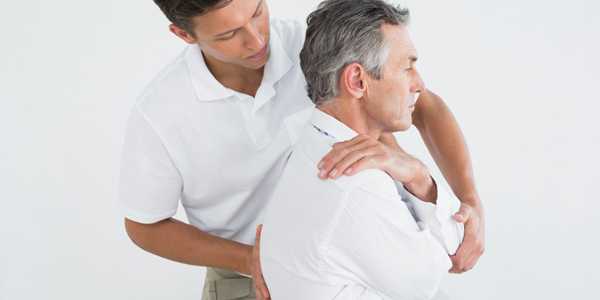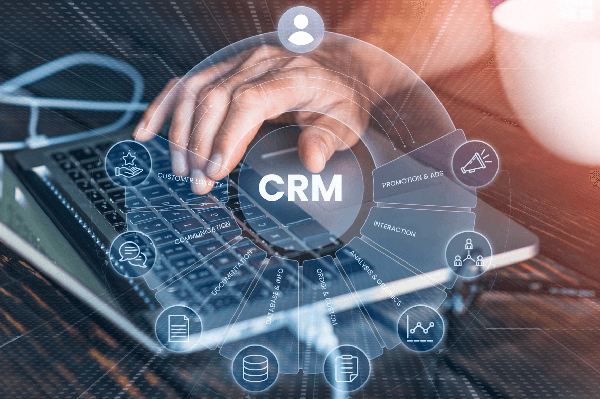Back pain is a common affliction that affects millions of people worldwide. Whether it’s due to poor posture, muscle strain, or underlying medical conditions, the discomfort can significantly impact one's quality of life. Fortunately, there are several scientifically-backed techniques that can offer quick relief.

This article explores these methods in detail, providing an understanding of how they work and how to implement them effectively.
Understanding Back Pain
Back pain can be classified into various types, including acute, chronic, and neuropathic pain. Acute back pain is usually temporary and can result from activities like lifting heavy objects or sudden movements. Chronic back pain persists for more than three months and may be indicative of underlying health issues such as arthritis or spinal deformities. Neuropathic pain, on the other hand, is caused by nerve damage and is often characterized by sharp, shooting sensations.
The Anatomy Of The Spine
To comprehend why certain techniques are effective in alleviating back pain, it's essential to first understand the anatomy of the spine. The spine is divided into cervical, thoracic, lumbar, sacral, and coccygeal regions. The lumbar region, which supports much of the upper body's weight, is the most common site for back pain. The spine is composed of vertebrae, intervertebral discs, ligaments, and muscles, all of which work together to provide structural support and flexibility.
Immediate Relief Techniques
1. Cold And Heat Therapy
Cold and heat therapy are among the most straightforward and effective methods for alleviating back pain quickly. Cold therapy, or cryotherapy, helps reduce inflammation and numb the affected area, providing immediate pain relief. Applying an ice pack wrapped in a cloth to the painful area for 15-20 minutes can significantly lessen discomfort.
Heat therapy, on the other hand, promotes blood flow and helps relax tight muscles. Using a heating pad or taking a warm bath can provide soothing relief. It's advisable to alternate between cold and heat therapy to maximize benefits.
2. Over-The-Counter Medications
Nonsteroidal anti-inflammatory drugs (NSAIDs) like ibuprofen and aspirin can offer quick relief from back pain. These medications work by reducing inflammation and blocking pain signals to the brain. While effective, they are best used for short-term relief and should be taken as directed to avoid potential side effects.
Physical Techniques
1. Stretching And Physical Exercise
Engaging in specific stretching exercises can help alleviate back pain by improving flexibility and reducing muscle tension. Stretching the hamstrings, for example, can reduce pressure on the lower back. Gentle yoga poses like the child's pose and cat-cow stretch are also beneficial.
Physical exercise, particularly activities that strengthen the core muscles, can provide long-term relief by improving posture and spinal support. Pilates and swimming are excellent options that offer both low-impact exercise and muscle strengthening.
2. Chiropractic Adjustments
Chiropractic adjustments involve manual manipulation of the spine to improve alignment and alleviate pain. This technique is particularly effective for treating lower back pain and has been supported by numerous studies. Regular chiropractic care can also prevent future episodes of back pain by maintaining spinal health.
Advanced Techniques
1. Acupuncture
Acupuncture, an ancient Chinese practice, involves the insertion of thin needles into specific points on the body. This technique has been shown to stimulate the release of endorphins, the body's natural painkillers, and improve blood flow. Research indicates that acupuncture can be an effective treatment for chronic back pain, offering both immediate and long-term relief.
2. Transcutaneous Electrical Nerve Stimulation (Tens)
TENS therapy uses low-voltage electrical currents to disrupt pain signals and stimulate the release of endorphins. Portable TENS units allow for convenient, at-home treatment. Studies have demonstrated that TENS can be effective in reducing both acute and chronic back pain, making it a valuable addition to pain management strategies.
Lifestyle Modifications
1. Ergonomic Adjustments
Making ergonomic adjustments at home and work can prevent and alleviate back pain. Using chairs with proper lumbar support, adjusting computer monitors to eye level, and taking frequent breaks to stand and stretch can all contribute to better spinal health. Additionally, sleeping on a firm mattress and using a supportive pillow can improve sleep quality and reduce morning back pain.

2. Mind-Body Techniques
Mind-body techniques such as mindfulness meditation and deep breathing exercises can help manage back pain by reducing stress and promoting relaxation. Stress is a known contributor to muscle tension and pain, so incorporating relaxation techniques can have a significant impact on pain levels. Guided imagery and progressive muscle relaxation are other effective methods to consider.
Nutritional Support
1. Anti-Inflammatory Diet
Diet plays a crucial role in managing inflammation and pain. An anti-inflammatory diet rich in fruits, vegetables, whole grains, lean proteins, and healthy fats can help reduce inflammation and support overall health. Omega-3 fatty acids, found in fish like salmon and flaxseeds, are particularly beneficial for their anti-inflammatory properties.
2. Hydration
Staying well-hydrated is essential for spinal health, as intervertebral discs need adequate water to maintain their cushioning properties. Drinking plenty of water throughout the day can help keep these discs hydrated and reduce the risk of back pain.
When To Seek Medical Help
While the techniques discussed can provide significant relief, it's important to recognize when to seek medical help. If back pain is severe, persistent, or accompanied by symptoms such as numbness, tingling, or loss of bladder control, it’s crucial to consult a healthcare professional. Conditions like herniated discs, spinal stenosis, and infections require specialized medical treatment.
Final Thoughts
Back pain can be a debilitating condition, but with the right techniques, relief is within reach. From simple home remedies like cold and heat therapy to advanced treatments like acupuncture and TENS, there are numerous options to explore. By understanding the anatomy of the spine and the underlying causes of back pain, individuals can make informed choices about their pain management strategies. Incorporating lifestyle changes and seeking professional help when necessary can lead to lasting relief and improved quality of life.





